Last Updated on August 2, 2021

Ink & Pixel is a source of pride and joy for me as a writer and as such, I’m always striving to take this column further for those who read and enjoy it. If you yourself, or anyone you know, helped to make any of the amazing feature animated films found within this column, I would love to talk to you to further my knowledge. Please contact me at [email protected] so we can discuss it further.

Everyone deserves to be loved. Whether it be a family member, a lover, or a true friend; no one should have to go through life feeling as if they are unimportant. At least that’s the way I see it, and I can’t help but think about these weighty concepts when writing about Disney’s THE RESCUERS. It’s an adventuresome and hopeful film, even though the story is built very much on the foundations of abandonment and desperation. Like I said, everyone deserves at least one good shot at being loved. In THE RESCUERS, a young girl named Penny fights for her life and for that chance.

Released on June 22nd, in the year 1977, THE RESCUERS is the 23rd film in the Walt Disney Animated Classics collection. Directed by Wolfgang Reitherman (THE JUNGLE BOOK), John Lounsbery (MARY POPPINS), and Art Stevens (THE FOX AND THE HOUND), THE RESCUERS is an American animated adventure film featuring the exploits of the Rescue Aid Society. This society, based out of New York in association with the United Nations, is an international mouse organization, which has dedicated itself to helping abduction victims from all across the globe. The circumstances of their latest case arrives via a message in a bottle, sent to them all the way from the Devil’s Bayou – a dark and treacherous swampland located in Louisiana.

As it turns out, the message inside of that bottle describes a plea for help. This letter, was sent by a young girl named Penny (Michelle Stacy), who believes that she is in danger of being kidnapped by two unseemly individuals, named Madame Medusa (Geraldine Page), and her partner in crime, Mr. Snoops (Joe Flynn). Ready and willing to accept this most dangerous case is the Hungarian representative of the Rescue Aid Society, Miss Bianca (Eva Gabor). It’s during her haste to begin work on this most urgent of cases that Bianca chooses Bernard (Bob Newhart), the Society’s janitor, to join her on this rescue adventure.

The two mice soon discover a plot hatched by Madame Medusa and Mr. Snoops to recover what’s been recorded as the world’s largest diamond – The Devil’s Eye. The gem is said to be hidden deep within the recesses of the Devil’s Bayou, stashed within an all but forgotten pirate’s cave. The catch, however, is that once inside, only a small child will be able to reach the priceless jewel. The dark recess where it resides is far too small for any adult to fit. With the help of Orville the albatross (Jim Jordan), and a dragonfly named Evinrude, Miss Bianca and Bernard do battle against the elements, dastardly excuses for human beings, and Medusa’s pair of snappy pet alligators, Brutus and Nero. It’s all in the name of adventure, and all for a little girl who deserves a better life, and a chance to discover that there is real love and compassion in the world.

Based on the children’s book series The Rescuers by Margery Sharp – whose work included 26 adult novels, 14 children’s novels, 2 mysteries, and several short stories – THE RESCUERS had taken a total of 4 years to produce. The film brought together a staggering amount of talent with a reported 40 animators producing about 330,000 drawings. This process included (but was not limited to) these animators drawing art for 14 sequences featuring 1,039 separate scenes including 750 backgrounds! At the start of the project, Walt Disney wasn’t entirely keen on using Sharp’s first novel of The Rescuers series, Miss Bianca, in The Rescuers series as the source material for their upcoming film. Far different from the film many of us have come to know and love, this first Rescuers story involved a third mouse named Nils, who helps Bianca and Bernard rescue a Norwegian poet from imprisonment. Walt’s preferred vision was to send the mice on an exciting excursion in which they would rescue a polar bear named Willie, who at the start of the story was being held captive inside of a zoo. Unfortunately, with Walt’s untimely death in 1966, Sharp’s second novel, featuring Penny’s tale of abduction and danger, became the focus of the planned film adaptation.

However, Disney didn’t scrap Walt’s wishes right away. The team at Disney did in fact make efforts to move forward with a version of Walt’s vision by attempting to include a modified version of it in a prologue sequence before the roll of the opening credits. This portion of the film, clocking in with a run time of several minutes, was to feature up to 6 songs contributed by the jazz singer Louis Prima. However, the plans to attach this sequence to the film were eventually canceled. All was going well until it was discovered that Prima himself was beginning to experience headaches and fits of memory loss due to a developing brain tumor. The circumstances being what they were, the team thought it best to wave goodbye to the idea of the “bear” sequence and his escape from captivity.

THE RESCUERS can easily be considered a milestone film for the House of Mouse as it was the first that combined the talents of Disney’s “Nine Old Men” (the original creators of some of Disney’s founding and most memorable films to date) and a newer, less experienced group of artists and animators recruited in the mid-1970s. For a while, Disney had been producing more and more comedy oriented films with titles such as ROBIN HOOD, THE JUNGLE BOOK, and (my favorite Disney animated film ever) THE SWORD IN THE STONE, but THE RESCUERS would mark the company’s return back to drama, action, and suspense in storytelling.

In regard to the art and animation of THE RESCUERS, the film featured a new xenographic process which allowed for the characters and backgrounds to be drawn having a much softer outline than in most classic Disney animated films. Xerography (or electrophotography) is an arid photocopying method that was invented by Chester Carlson in 1938. The original process of electrostatic printing included a series of tedious steps in which the artist would have to manually change several flat plates to achieve the desired artistic effect. It wasn’t until Carlson employed the use of a cylindrical drum, coated with selenium (a chemical compound found in printing agents), that the first automatic copier, the Xerox 914, was built. This new drum eliminated the arduous task of exchanging the flat plates during the copying process.

In a funny little aside fact about the film, it very nearly featured the villain, Cruella de Vil, from 101 DALMATIONS. The idea for this was quickly dropped as Disney stated that they were not necessarily in the business of making sequels to their feature-length film collection. Boy did they change their tune on that mindset in the past ten years, right? BEAUTY AND THE BEAST: BELLE’S MAGICAL WORLD, 101 DALMATIONS II? Anyone? Bueller? Anway, the villain was then replaced by a reworked version of the of Diamond Duchess character from Sharp’s novel Miss Bianca. It’s said that animator Milt Kahl – hailed as the finest draftsman in the Disney family at the time – based the character on traits related to his ex-wife. Kahl became so intent on recreating his witch of an ex on paper that he insisted on doing damn near all of the animation himself. Think about that the next time you see Madame Medusa rampaging about the swamp. Ha ha!

Upon it’s theatrical release, THE RESCUERS managed to rescue $48 million dollars in receipts, making it the most successful Disney film to that date. The film was loved so much by audiences and critics that a sequel was released in 1990 entitled THE RESCUERS DOWN UNDER. The sequel was met with mixed reactions from fans and critics alike, pulling in only $3.5 million in its opening weekend at the box office. The film did go on to eventually make $47,431,461, but is often remembered as being the least successful Disney feature-length film of the Disney renaissance era.

THE RESCUERS might not be on my short-list of “Greatest Disney Films Ever”, but it certainly has its place among the library of Disney’s most well executed films. It’s got a little of something for everyone and teaches us all that if you fight hard enough, you too can find love and compassion in the world.



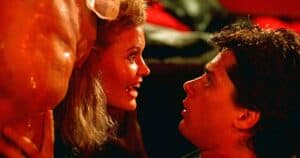
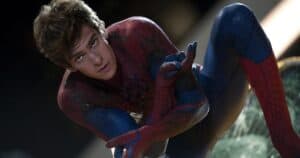
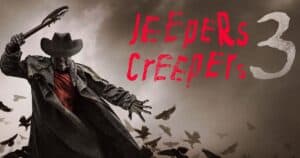
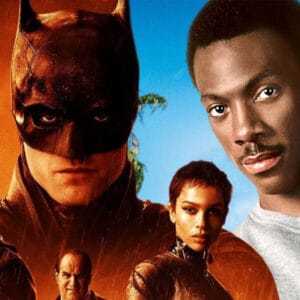


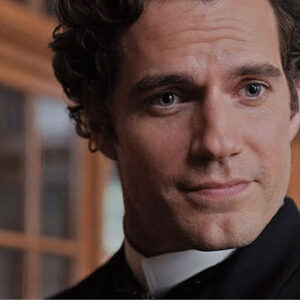
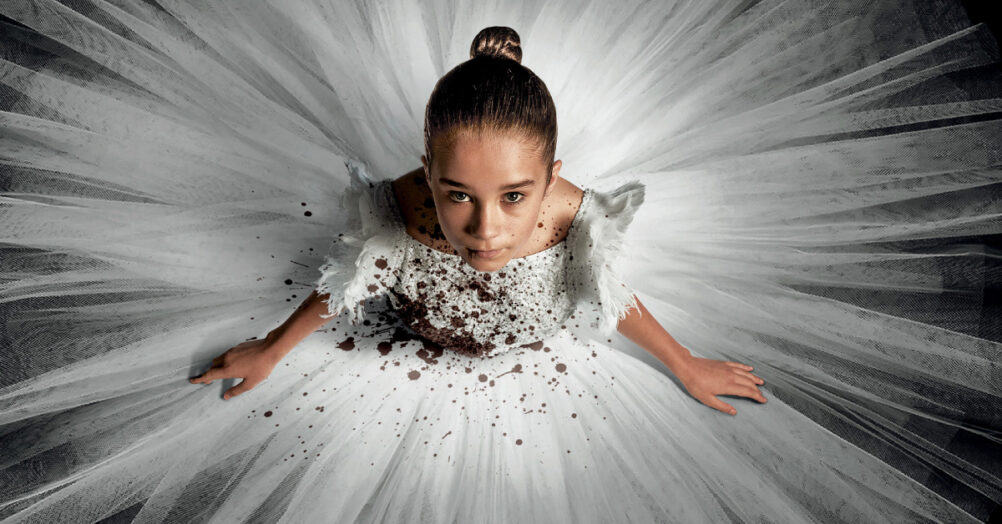
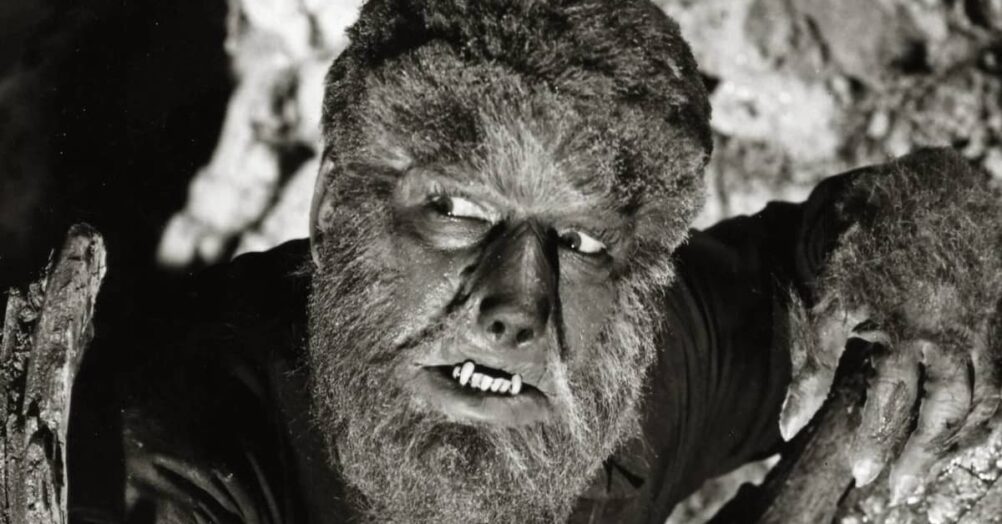
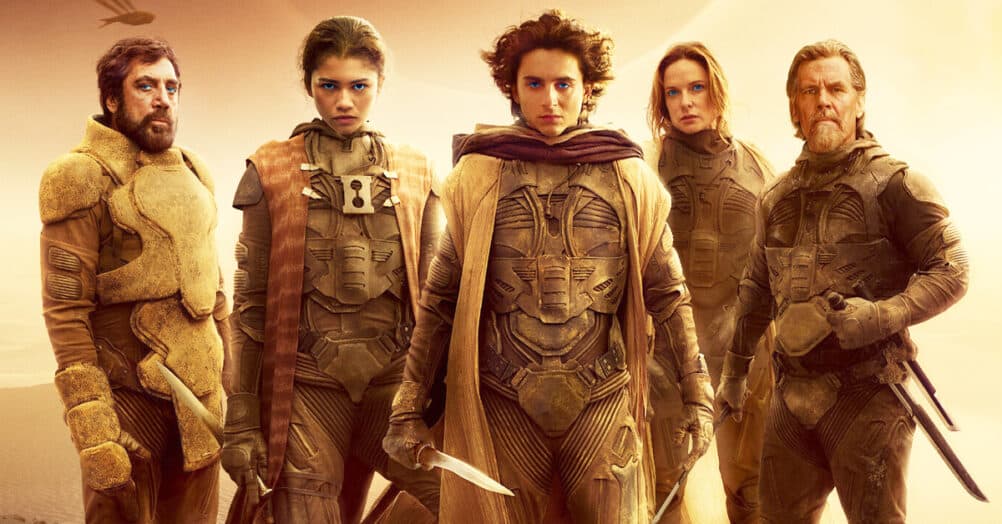

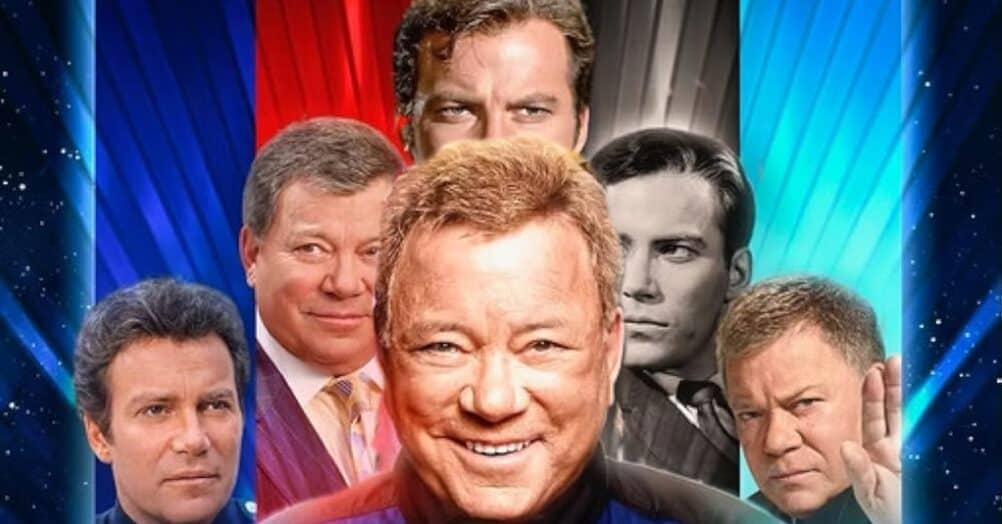




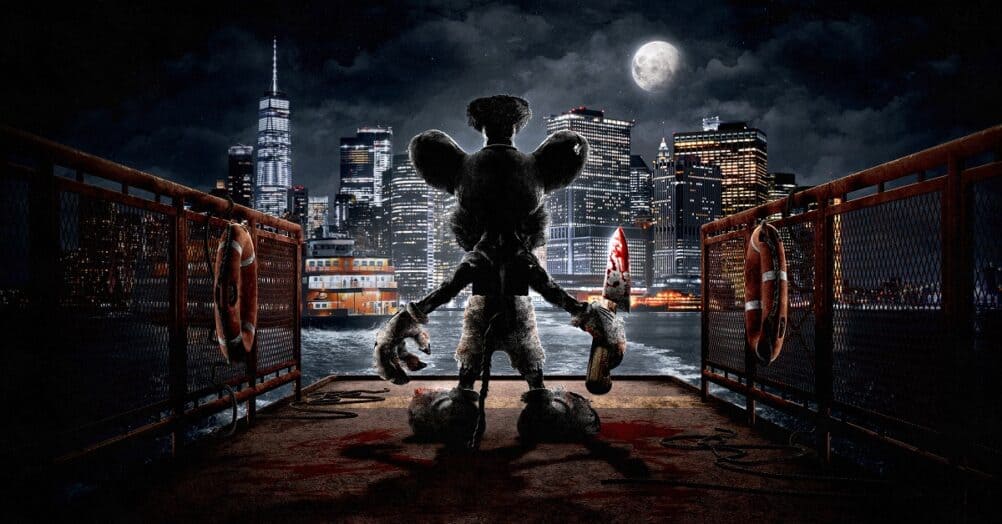
Follow the JOBLO MOVIE NETWORK
Follow us on YOUTUBE
Follow ARROW IN THE HEAD
Follow AITH on YOUTUBE